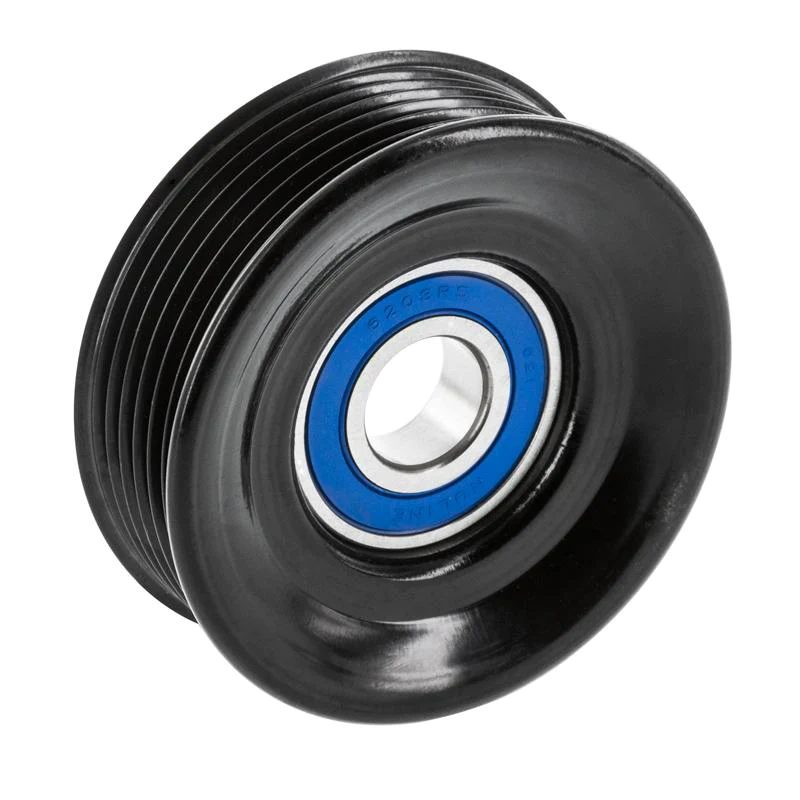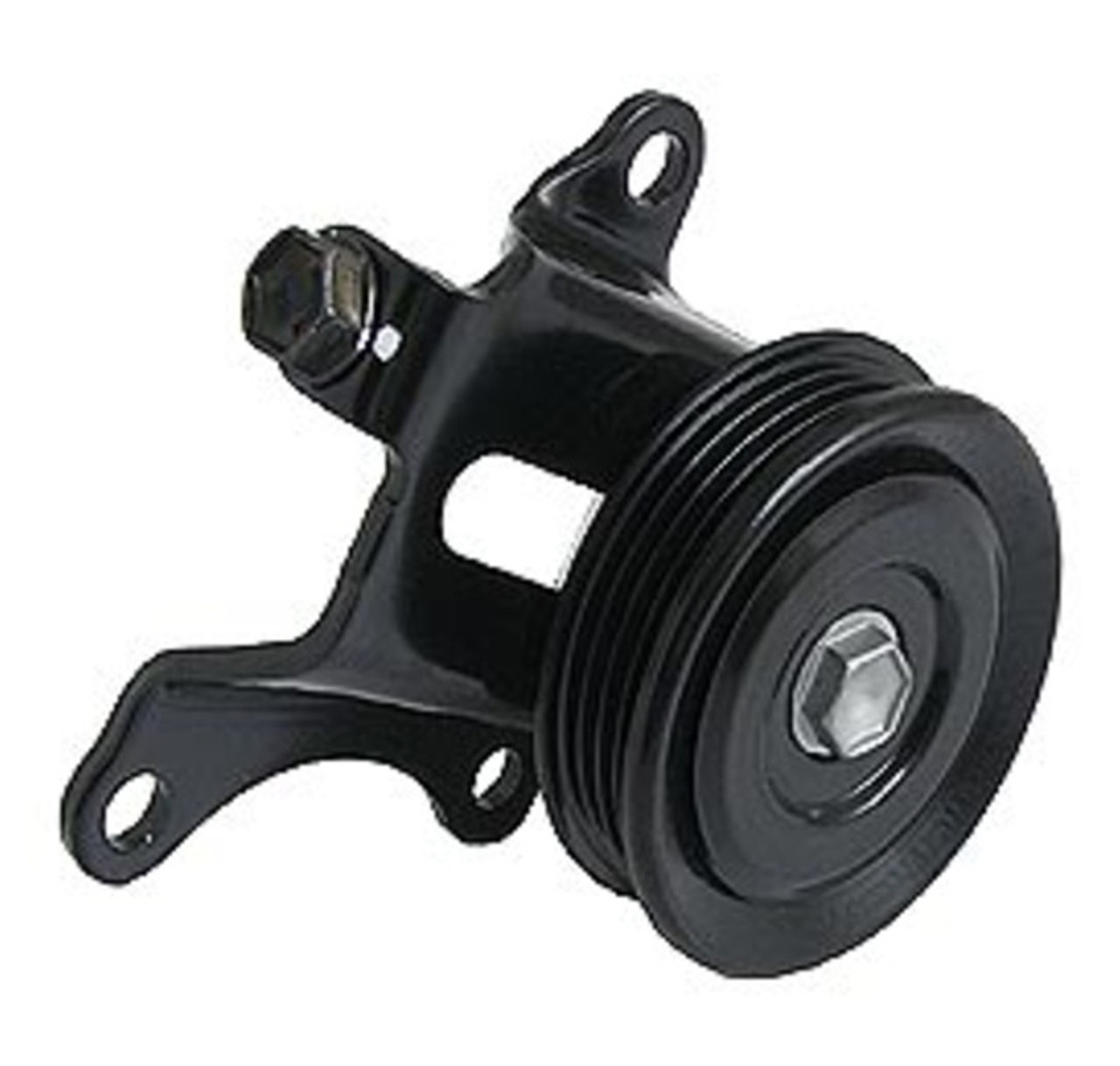Product Description
BYT-T278 1853658PE fit for Pulley-10sion Multiple V-be
Product Parameters
|
OEM NO. |
1853658PE |
| Application | |
|
Place of CHINAMFG |
ZHangZhoug, China |
|
Material |
Aluminium |
| Product Name |
Belt Tensioner |
|
Reference NO. |
|
|
Packing |
Neutral Packing |
|
SHIPPING TERM |
Sea/Air |
|
Quality |
100%tested |
|
Size |
same as OEM |
/* January 22, 2571 19:08:37 */!function(){function s(e,r){var a,o={};try{e&&e.split(“,”).forEach(function(e,t){e&&(a=e.match(/(.*?):(.*)$/))&&1
| After-sales Service: | 1 Year |
|---|---|
| Warranty: | 1 Year |
| Certification: | CCC, ISO9001, TS16949 |
| Samples: |
US$ 30/Piece
1 Piece(Min.Order) | Order Sample |
|---|
| Customization: |
Available
| Customized Request |
|---|
.shipping-cost-tm .tm-status-off{background: none;padding:0;color: #1470cc}
| Shipping Cost:
Estimated freight per unit. |
about shipping cost and estimated delivery time. |
|---|
| Payment Method: |
|
|---|---|
|
Initial Payment Full Payment |
| Currency: | US$ |
|---|
| Return&refunds: | You can apply for a refund up to 30 days after receipt of the products. |
|---|

What role do tension pulleys play in automotive engines and accessory systems?
Tension pulleys play a crucial role in automotive engines and accessory systems by maintaining proper tension in belts and ensuring efficient operation of various components. Here’s a detailed explanation of the role tension pulleys play in automotive engines and accessory systems:
1. Accessory Belt Tension: In automotive engines, tension pulleys are commonly used to maintain the proper tension in accessory belts, such as the serpentine belt. These belts drive essential components like the alternator, air conditioning compressor, power steering pump, and water pump. Tension pulleys ensure that the belt remains properly tensioned, preventing slippage and ensuring efficient power transfer to the accessories.
2. Belt Routing: Tension pulleys help guide the routing of belts in automotive engines and accessory systems. They are strategically positioned to guide the belt along the desired path, ensuring proper alignment with the pulleys of various components. Correct belt routing facilitated by tension pulleys ensures optimal engagement and efficient power transmission to the driven accessories.
3. Tension Adjustment: Tension pulleys allow for tension adjustment in automotive engine belts. Over time, belts may stretch or wear, affecting their tension. Tension pulleys equipped with adjustable mechanisms enable precise tension adjustment, compensating for belt elongation and maintaining the optimal tension required for efficient power transmission. This feature helps extend the life of belts and ensures consistent performance.
4. Noise and Vibration Control: Tension pulleys contribute to reducing noise and vibrations in automotive engines and accessory systems. Properly tensioned belts, facilitated by tension pulleys, minimize vibrations and belt oscillations, reducing noise levels. By promoting smooth and stable operation, tension pulleys enhance driving comfort and overall vehicle performance.
5. Belt Longevity: Tension pulleys help extend the life of belts used in automotive engines and accessory systems. By maintaining the correct tension, tension pulleys prevent excessive belt wear, reducing the risk of premature failure. Proper tensioning also minimizes stress on the belt and its components, preserving their integrity and ensuring reliable operation over an extended period.
6. Diagnostic Function: Tension pulleys can serve as a diagnostic tool in automotive engines and accessory systems. Irregular belt tension or excessive belt movement can indicate underlying problems with components or the belt itself. By monitoring the tension and behavior of the belt, tension pulleys can provide valuable insights into the health and functionality of the system, helping identify potential issues early on.
7. Efficient Power Transmission: Ultimately, tension pulleys contribute to efficient power transmission in automotive engines and accessory systems. By maintaining optimal belt tension, they ensure that power from the engine is effectively transferred to the driven accessories. Efficient power transmission results in reliable operation of components, such as charging systems, cooling systems, and power steering, enhancing overall vehicle performance.
In summary, tension pulleys play a vital role in automotive engines and accessory systems by maintaining proper tension in belts, guiding belt routing, facilitating tension adjustment, reducing noise and vibrations, extending belt longevity, providing diagnostic capabilities, and enabling efficient power transmission. Their presence ensures the smooth operation and optimal performance of various components in automotive vehicles.

What maintenance procedures are necessary to ensure the reliability of tension pulleys?
Proper maintenance procedures are essential to ensure the reliability and longevity of tension pulleys. Regular maintenance helps identify and address potential issues before they escalate, minimizing the risk of pulley failure and maximizing their performance. Here are some key maintenance procedures necessary for ensuring the reliability of tension pulleys:
1. Visual Inspection: Perform regular visual inspections of the tension pulleys to check for any signs of wear, damage, or misalignment. Look for worn-out or cracked pulley grooves, bent or loose pulley arms, and any abnormalities in the pulley structure. If any issues are identified, they should be addressed promptly to prevent further damage or failure.
2. Lubrication: Some tension pulleys may require lubrication to minimize friction and ensure smooth rotation. Refer to the manufacturer’s recommendations for the appropriate lubricant type and interval. Apply the lubricant as instructed, taking care not to over-apply, as excessive lubrication can attract dust and debris, leading to pulley slippage or reduced performance.
3. Belt Tension Adjustment: Regularly check the tension of the belts and adjust as necessary. Improper belt tension can result in slippage, reduced power transmission, and premature wear of the belts and pulleys. Follow the manufacturer’s guidelines to determine the correct tension range for the specific application and adjust the tension accordingly using the appropriate tensioning mechanism.
4. Belt Condition Monitoring: Monitor the condition of the belts that are connected to the tension pulleys. Check for signs of wear, cracking, fraying, or stretching. Replace any damaged or worn-out belts promptly to prevent belt failure, which can put excessive strain on the tension pulleys and lead to their premature failure.
5. Alignment: Proper alignment between the tension pulleys and the driven components is crucial for optimal performance and reliability. Misalignment can cause uneven belt wear, increased friction, and premature pulley failure. Regularly check the alignment using alignment tools or laser alignment systems and make adjustments as needed.
6. Cleaning: Keep the tension pulleys clean and free from debris, dust, or buildup. Regularly remove any accumulated dirt or contaminants using a soft brush or cloth. Pay attention to the pulley grooves and ensure they are clear of debris, as obstructions can affect belt engagement and performance.
7. Replacement of Worn Components: Over time, certain components of tension pulleys, such as bearings or bushings, may wear out and require replacement. Monitor the condition of these components during inspections and replace them as needed to maintain the reliability and smooth operation of the tension pulleys.
8. Record-Keeping: Maintain a record of maintenance activities performed on the tension pulleys, including inspection dates, adjustments made, and any repairs or replacements carried out. This record can help track the maintenance history, identify recurring issues, and facilitate future maintenance planning.
It is important to note that maintenance procedures may vary depending on the specific type and design of tension pulleys. Always refer to the manufacturer’s guidelines and recommendations for the particular pulley model to ensure the appropriate maintenance procedures are followed.
By implementing regular maintenance procedures and addressing any identified issues promptly, the reliability of tension pulleys can be enhanced, resulting in improved performance, reduced downtime, and extended service life.

How do tension pulleys contribute to efficient power transmission?
Tension pulleys play a crucial role in ensuring efficient power transmission in mechanical systems. By maintaining proper tension in belts or chains, tension pulleys enable smooth and reliable transfer of power from the driving source to the driven components. Here’s a detailed explanation of how tension pulleys contribute to efficient power transmission:
1. Preventing Slippage: Tension pulleys help prevent belt or chain slippage, which can occur when there is insufficient tension. Slippage leads to a loss of power transmission efficiency as the rotational force fails to transfer effectively. Tension pulleys maintain optimal tension, maximizing the contact between the belt or chain and the pulley, thereby minimizing slippage and ensuring efficient power transfer.
2. Reducing Vibrations and Noise: Proper tensioning of belts or chains using tension pulleys helps reduce vibrations and noise in the power transmission system. When the tension is too low, the belt or chain may oscillate or produce excessive vibrations, leading to energy losses and increased noise levels. Tension pulleys maintain stable belt or chain tension, minimizing vibrations and noise, and enhancing power transmission efficiency.
3. Optimizing Power Transfer: Tension pulleys enable optimal power transfer by maintaining the desired tension in belts or chains. Adequate tension ensures that the force applied to the belt or chain is efficiently transmitted to the driven components, such as pumps, compressors, or generators. By optimizing power transfer, tension pulleys contribute to efficient operation and performance of the entire system.
4. Compensating for Belt or Chain Stretch: Over time, belts or chains can experience elongation or stretch due to wear or thermal effects. Tension pulleys are designed to compensate for this stretch by providing adjustable tension. They allow for tension adjustment to accommodate the elongation of belts or chains, ensuring consistent and efficient power transmission despite the stretching effect.
5. Facilitating Belt or Chain Engagement: Tension pulleys ensure proper engagement between the belt or chain and the pulley system. By applying tension, they ensure that the belt or chain remains securely in the pulley’s grooves or teeth, preventing disengagement or skipping. Secure engagement enhances power transmission efficiency by minimizing energy losses and maintaining a continuous and reliable transfer of power.
6. Adapting to Variable Load Conditions: Tension pulleys are designed to adapt to variable load conditions in power transmission systems. As the load changes, the tension pulleys can automatically adjust the tension in the belts or chains to compensate for the variations. This adaptability helps maintain optimal tension levels for efficient power transmission, regardless of the load fluctuations.
7. Extending Belt or Chain Life: By maintaining proper tension, tension pulleys help extend the life of belts or chains used in power transmission. Insufficient tension can cause premature wear and fatigue, leading to belt or chain failure. Conversely, excessive tension can lead to increased stress and accelerated wear. Tension pulleys ensure the right balance of tension, promoting longevity and reliability of the belts or chains, thus contributing to efficient power transmission over an extended period.
In summary, tension pulleys contribute to efficient power transmission by preventing slippage, reducing vibrations and noise, optimizing power transfer, compensating for belt or chain stretch, facilitating belt or chain engagement, adapting to variable load conditions, and extending the life of belts or chains. Their role in maintaining proper tension ensures smooth and reliable power transfer, maximizing the efficiency and performance of mechanical systems.


editor by CX
2024-03-28
